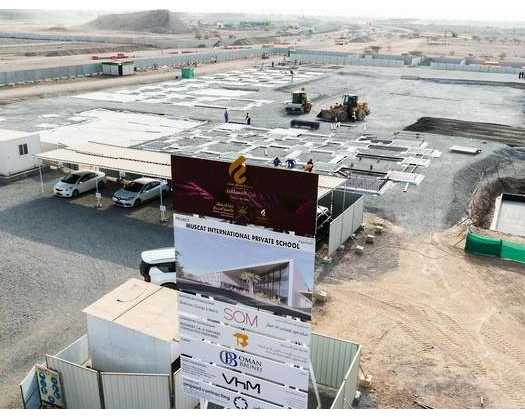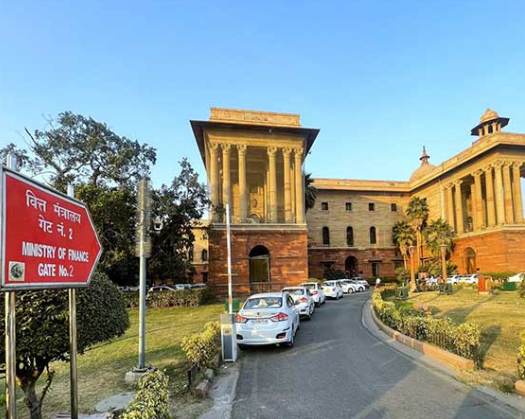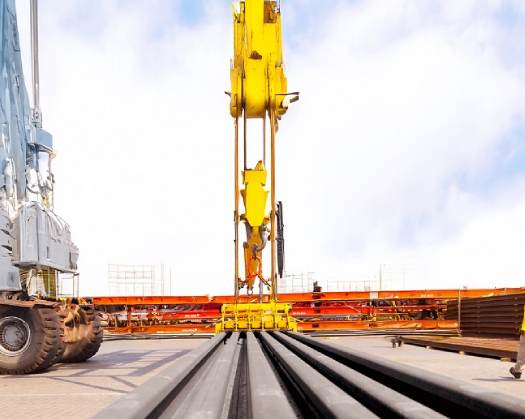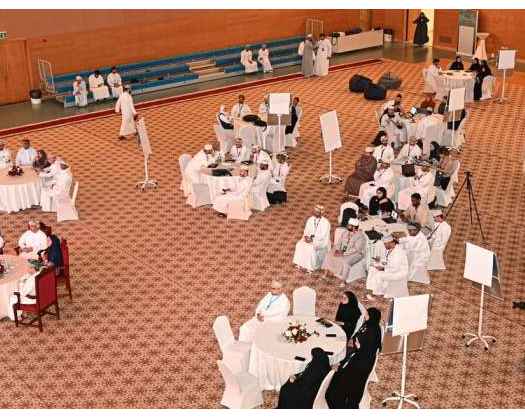New Delhi: Asia remains a pivotal force in the global economy, with India and ASEAN countries poised for significant growth in the upcoming years, as highlighted in a report by HSBC.
While China and Japan are experiencing population declines, India's population is projected to continue its upward trajectory until 2060, according to the United Nations. This demographic edge, coupled with increasing investments and industrial growth, positions India as an emerging economic leader.
The economies of India and ASEAN are anticipated to grow at a vigorous rate. "By 2025, we expect the Indian economy to expand by 6.7 percent, while the ASEAN-6 is projected to achieve an average GDP growth of 4.8 percent, surpassing the global growth rate of 2.6 percent," states the HSBC Global Private Banking report (December 2024).
The ascent of the Indian and ASEAN economies is fueled by various structural factors. A youthful and expanding workforce, a growing middle class, robust domestic and foreign investment, and a thriving technology sector are driving sustained economic progress.
"The growth of India and ASEAN is bolstered by favorable structural trends, including youthful demographics, an increasing number of middle-class consumers, strong private investments both domestically and internationally, and a technology surge," the report notes.
India's economic advancement is bolstered by significant public infrastructure investments, a rise in household expenditures, and a robust manufacturing sector.
The government's commitment to enhancing domestic production and fostering a favorable business environment has boosted investor confidence. Additionally, the services sector remains a vital component of growth, playing a key role in job creation and overall economic development.
Sectors poised to gain from this growth include financial services, infrastructure, consumer goods, real estate, industrials, and communication technology.
The financial sector, consumer discretionary, and industrials are identified as high-growth segments, driven by strong demand and economic stability.
Increasing income levels and a burgeoning middle class in India and ASEAN are fueling greater consumer spending.
With inflation stabilizing and purchasing power improving, domestic demand is anticipated to stay robust. This trend is advantageous for businesses focused on mass consumption, such as retail, food processing, and digital services.
Japan, a prominent player in technology and advanced manufacturing, continues to be essential in the region. Concurrently, India is striving to enhance its manufacturing contribution to GDP by leveraging its skilled workforce and favorable policy environment to attract global enterprises.













